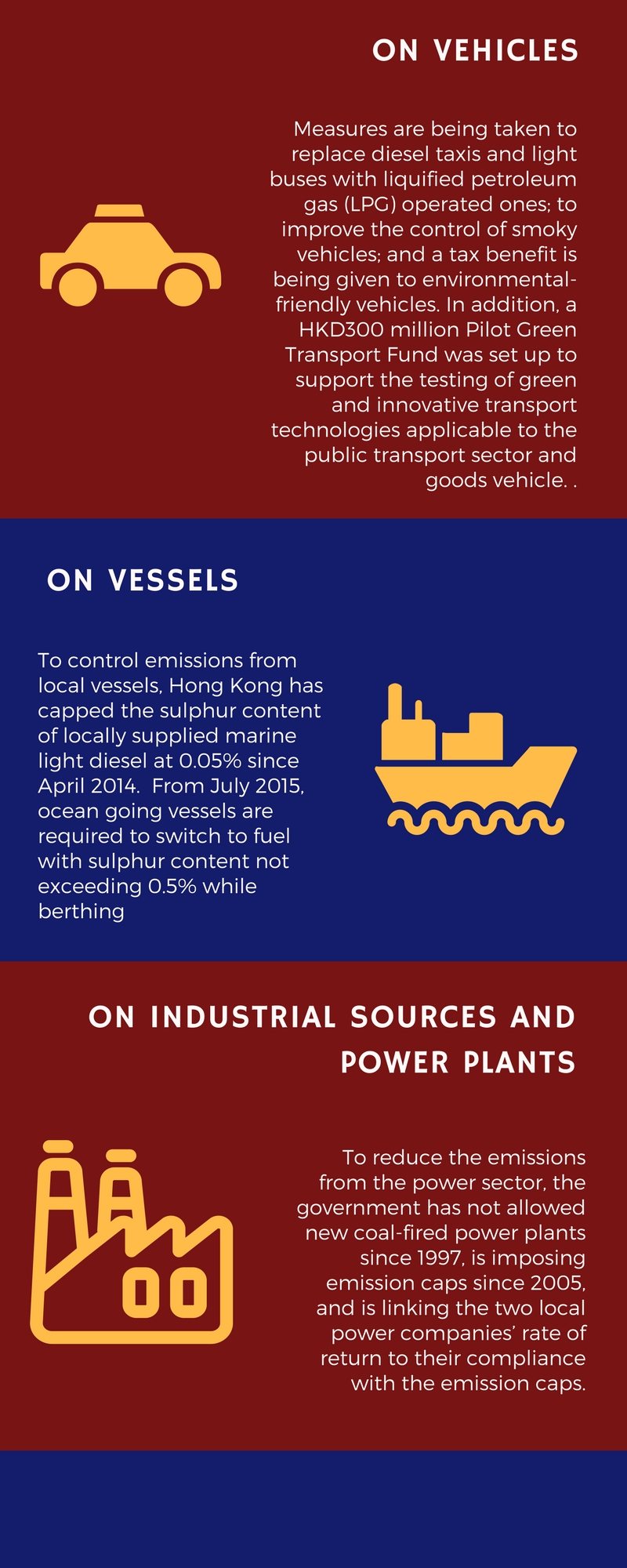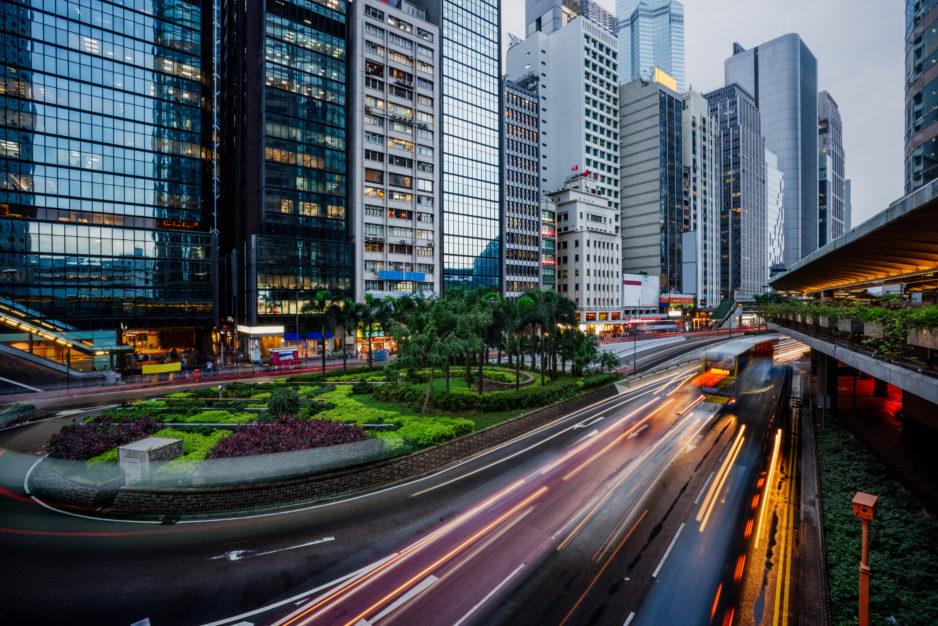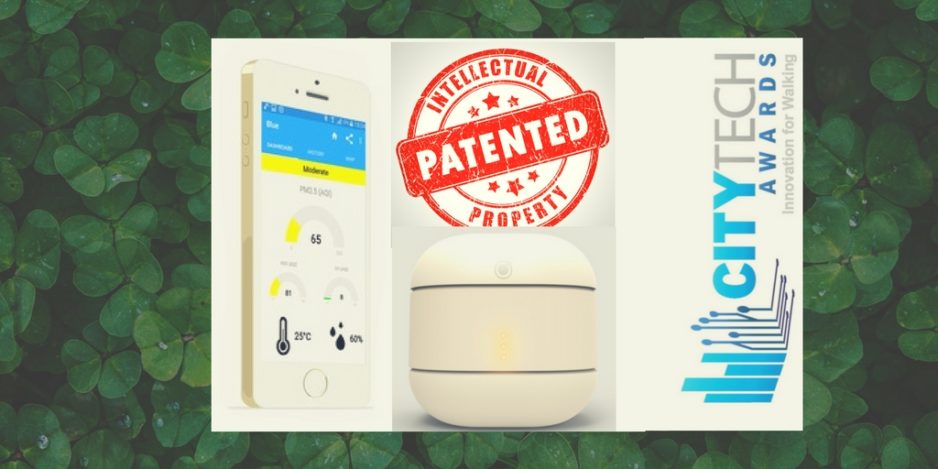Beyond the constant air pollution news and our daily experience with pollution, how much do we know about air quality in our Asian cities? And do we know what the local governments are doing to improve air quality?
Today we will take a look at the situation in Hong Kong. Pollution in HK comes from local street-level pollution caused by vehicles and regional smog caused by motor vehicles, marine vessels, industry and power plants both in Hong Kong and the Pearl River Delta region.
What is the Government doing?
The Government has an Air Pollution Control Ordinance and a Clean Air Plan where the objective is to achieve ‘reasonable and practicable air quality to safeguard the health of the population’. Strategies include controlling emissions from motor vehicles, marine vessels, power plants and industry and coordination with the Guangdong Provincial Authorities to implement a joint plan. Strategies are based on the Air Quality Objectives (AQO) set in 2014 and are a combination of WHO’s ultimate Air Quality Guideline (AQG) and interim targets. In the table below we can see a comparison between WHO AQG and HK AQO with regards to PM10 and PM2.5.

The Actions

What is the current situation like?
The Clean Air Network HK has recently released a report based on 2016 data where they found that HK AQO haven’t been met in the past 3 years and in fact is usually twice the WHO recommended level. Moreover, on a daily basis there is a variation of readings in which peak times air quality is 2.6 times worse than off-peak times, suggesting vehicles are having a higher role in damaging local air quality.
“The growth of vehicles number has gone uncontrollable and offset some of the effort made by the government, especially to reduce NO2.” The CEO of Clean Air Network, Patrick Fung, said. “The next term of government should look at this imminent issue as top of the agenda. Traffic has been a daily headache to all Hong Kong people, and is an impediment to the improvement of air quality, public health and other living qualities.”
According to the Hedley Environmental Index of HKU School of Public Health, the air pollution in 2016 caused 1,686 premature deaths, 21.6 billion direct economic loss and 2.65 million additional doctor visits.
Overall, we need to have more information on air quality and a broader coverage of monitoring stations in order to better understand the situation in the city and have targeted local policies!
Sources:
Clean Air Network – How bad is Hong Kong air now
HKSAR Environment Bureau – A Clean Air Plan
Environmental Protection Department – Air Quality Objectives Website
Environmental Protection Department – Compliance Status of Air Quality Objectives


